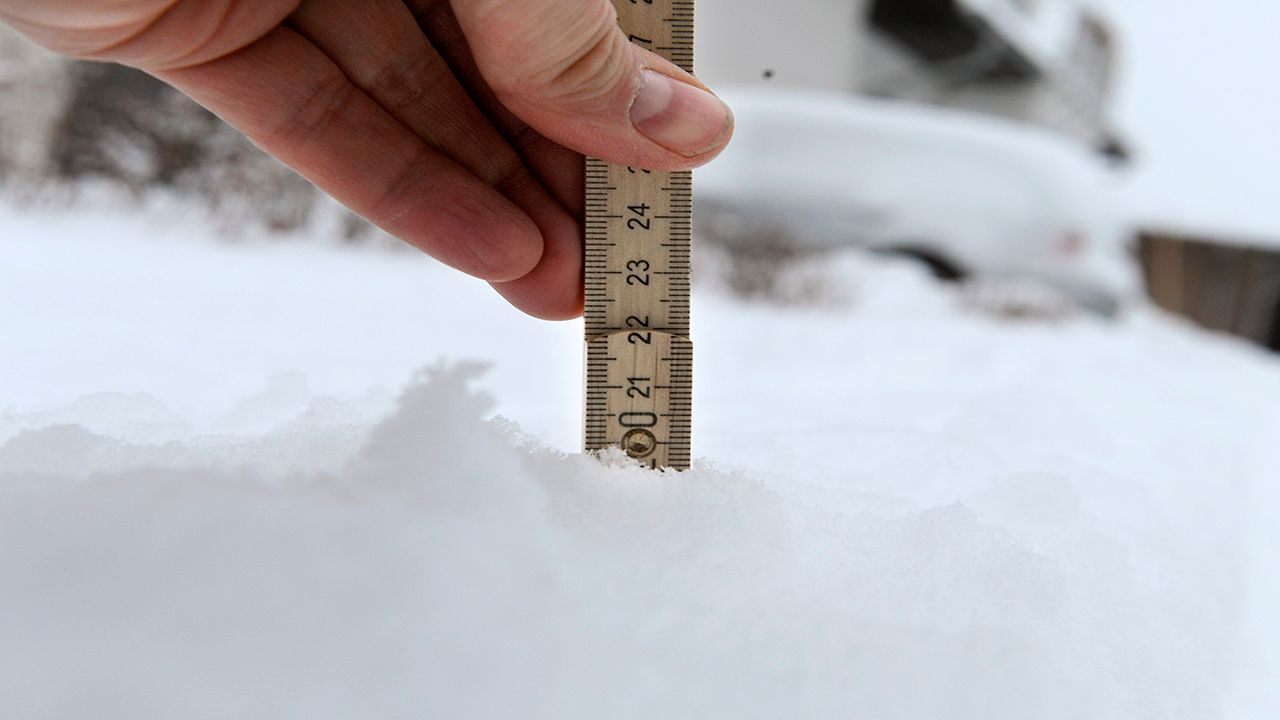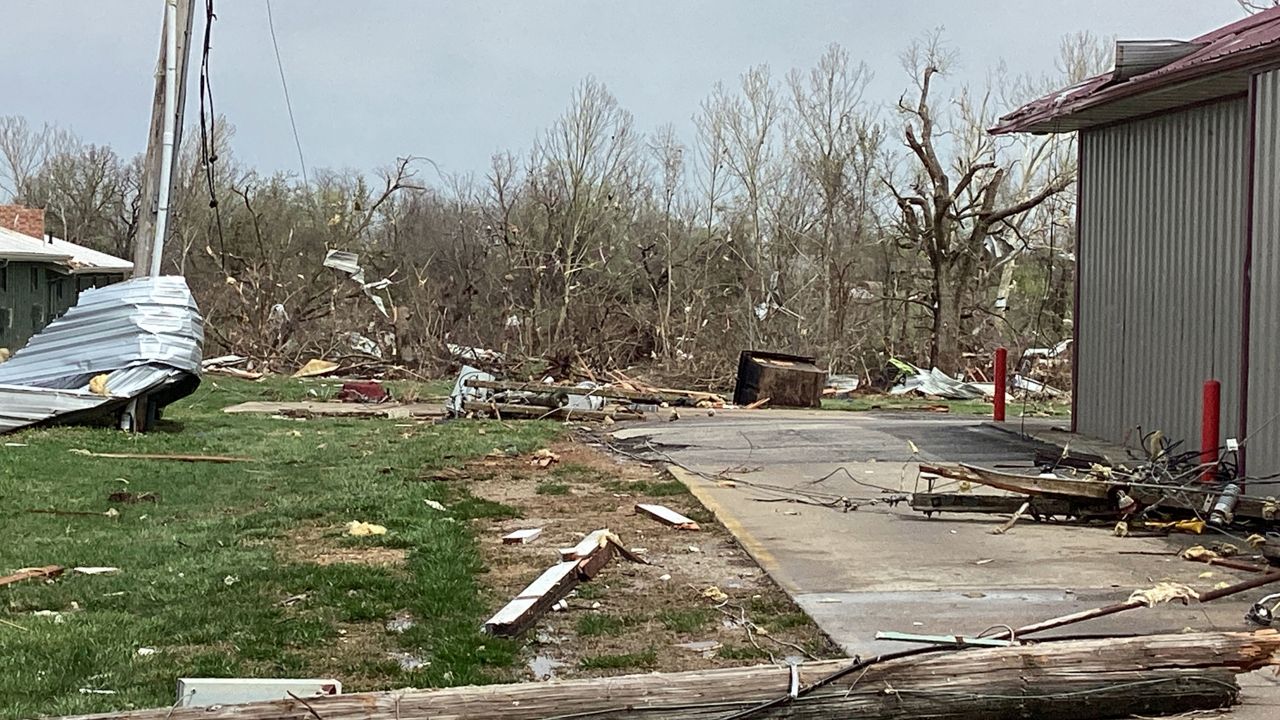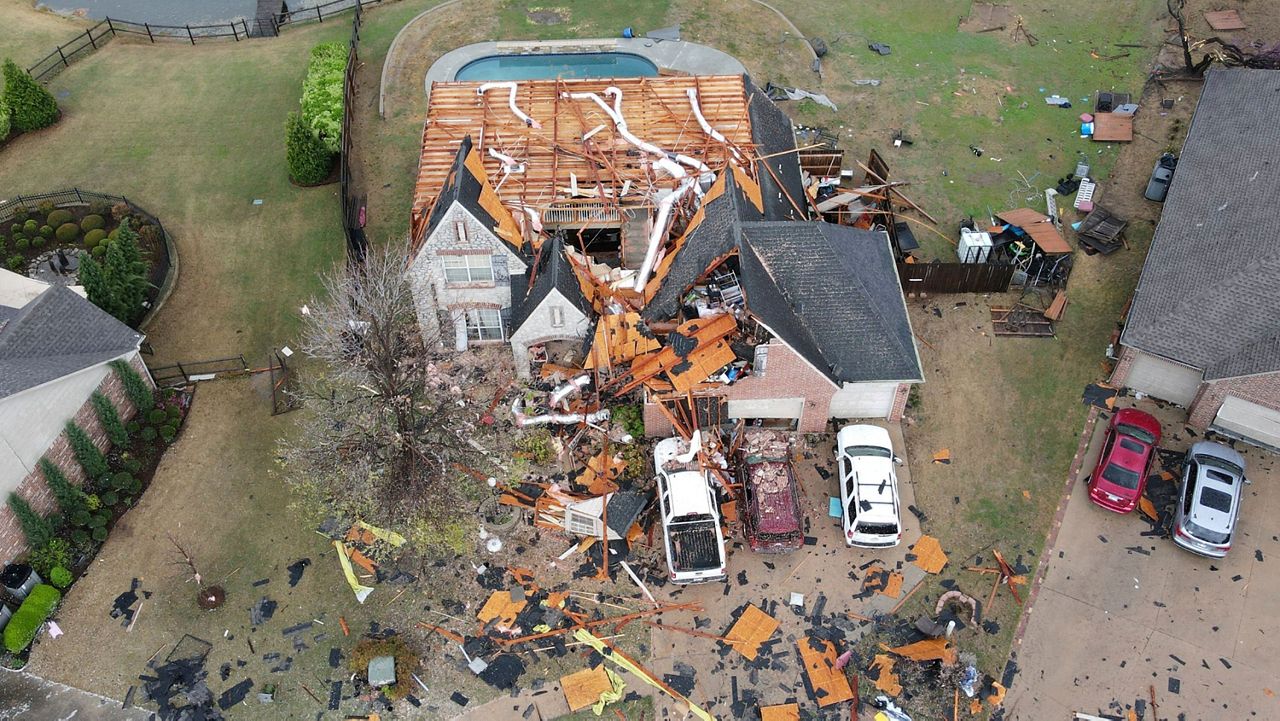It’s been nearly a week since the St. Louis area received their first plowable snow. So why, after several days of above freezing temperatures, is our snowpack still sizeable?
Snowfall totals from last week’s storm ranged from 6.7 inches at the St. Louis Lambert International Airport to over 11 inches in Harvester to 10.5 inches in Ellisville. Most other places fell within those limits.
With those impressive totals, it’s going to take more than just a few warm days to melt the snowpack. Early in the week, the snowpack was 6” at Lambert, that means there was still 6” of measured snow on the ground. By mid-week, it was down to 5” and now 2”.
So, why does it take so long for snow to melt?
Snow is a highly reflective surface, a reason many skiers wear sunglasses. The white color creates an albedo or measurement of reflectivity of 0.5. The closer to one this value is, the more reflective it is.
Here's some more information on albedo. It is this reflectivity that creates the slower process of snowmelt.
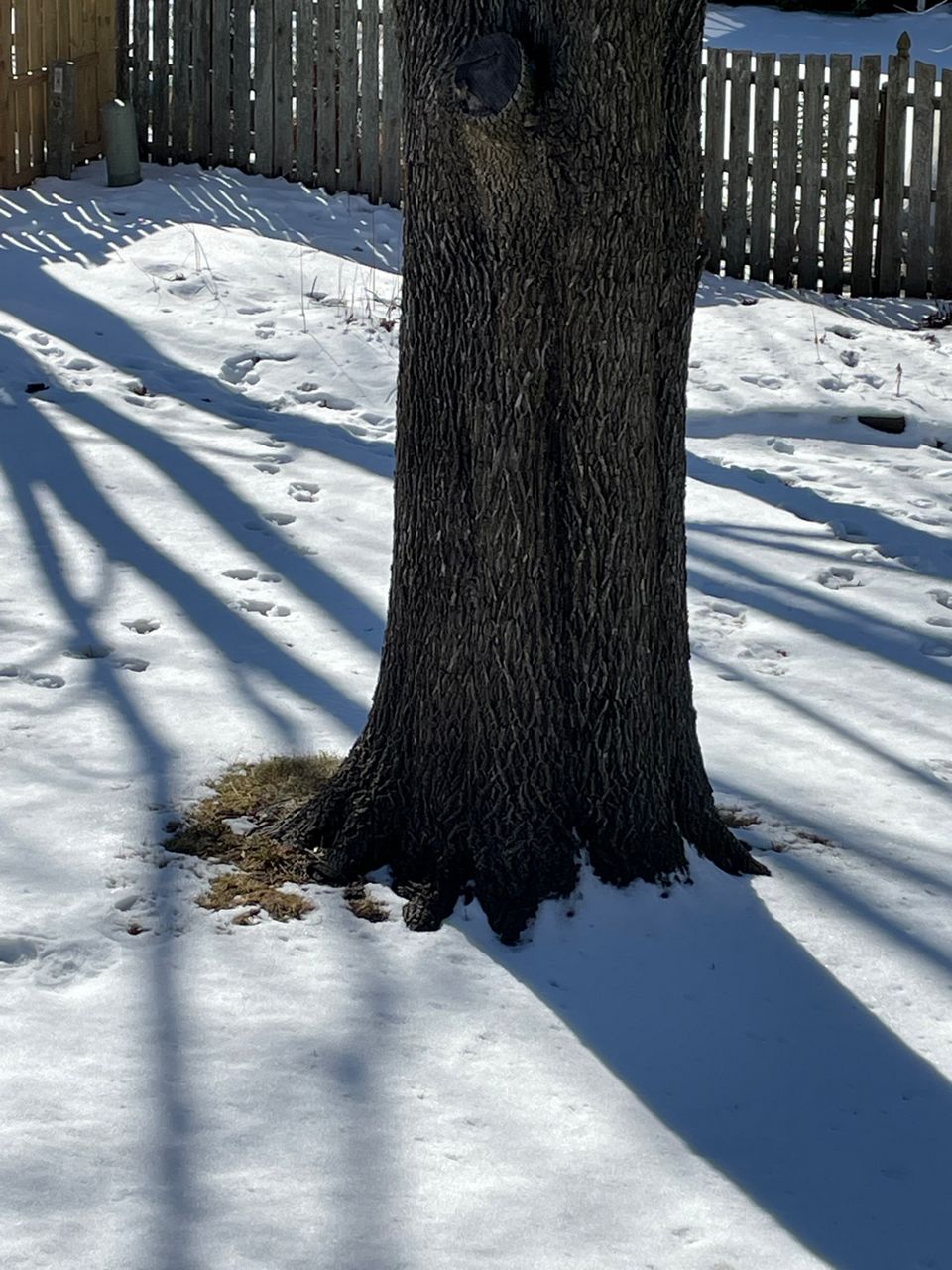
The sunlight that enters our atmosphere has three options: it’s absorbed, reflected or scattered. With snow being a highly reflective surface, sunlight reflects off of it. It’s then absorbed by other surfaces that radiate it into the air.
Surfaces, such as exposed asphalt or even a tree trunk, will absorb enough light to warm the air surrounding it to help with melting. Once there’s more open ground, melting will happen because more heat is around it.
Snow exchanges heat when it goes from a solid to a liquid. This creates melting, which creates heat and creates more melting.
At night, it is more difficult for melting to occur as a snowpack actually keeps conditions colder. The snowpack cannot absorb heat from sunlight during the day and with no incoming sunlight to be absorbed at night, all the heat is radiated back to space.
This means our low temperatures at night are cooler than they would be without a snowpack, especially if skies are clear
However, snowpack can actually act as a blanket on the ground, insulating the soils beneath it.
Since the snow above the ground will reflect the incoming light, the heat stored beneath the snow stays there, keeping animals who burrow into the ground below the snowpack warmer than they would be if the ground was clear.
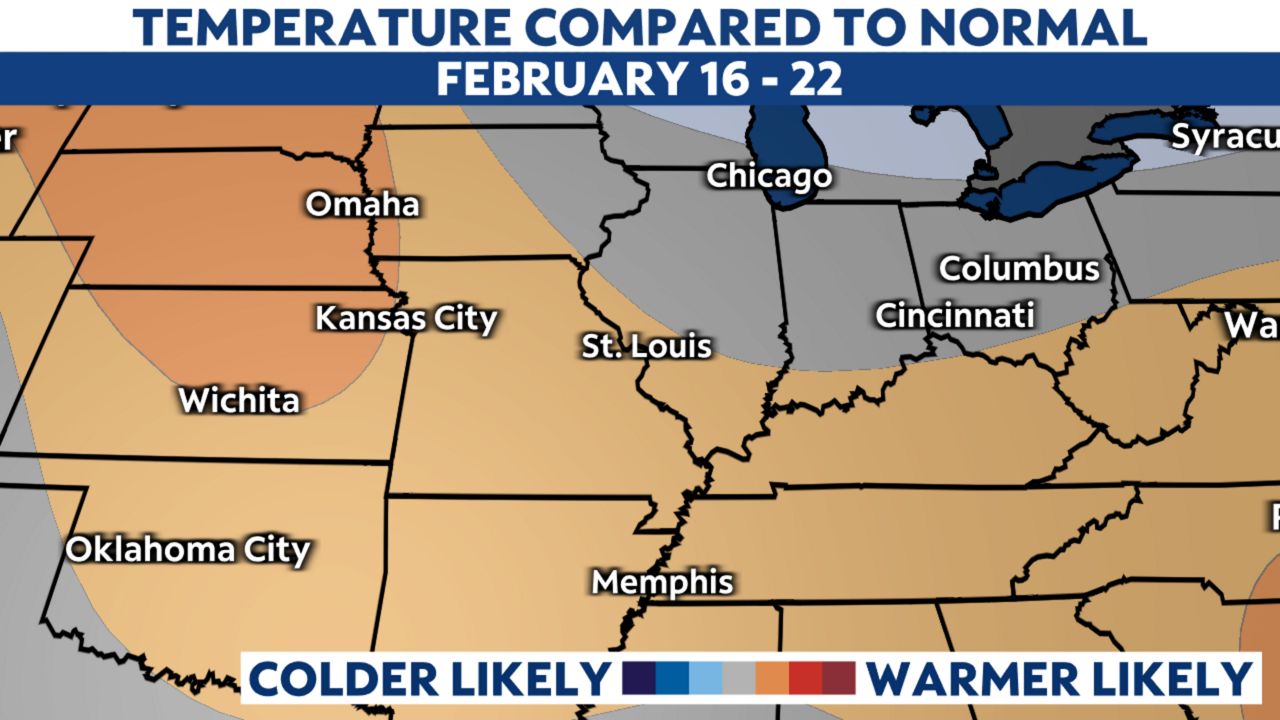
The outlook for mid-February looks to be warmer and wetter, so we’ll see if that helps our melting situation. However, some of those larger snow piles from parking lots will probably stick around for several more weeks.





